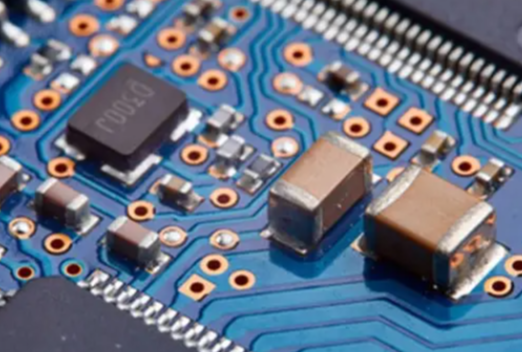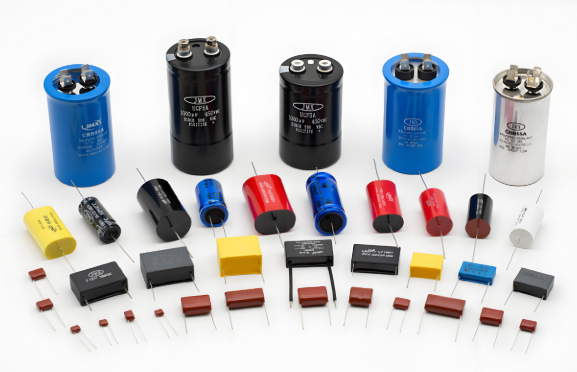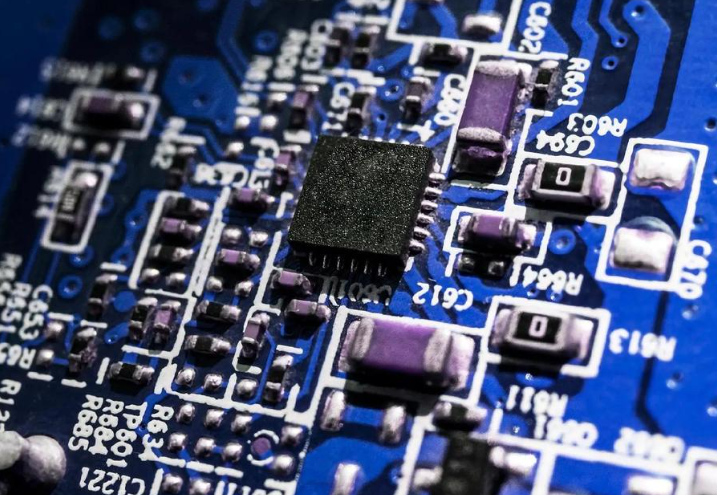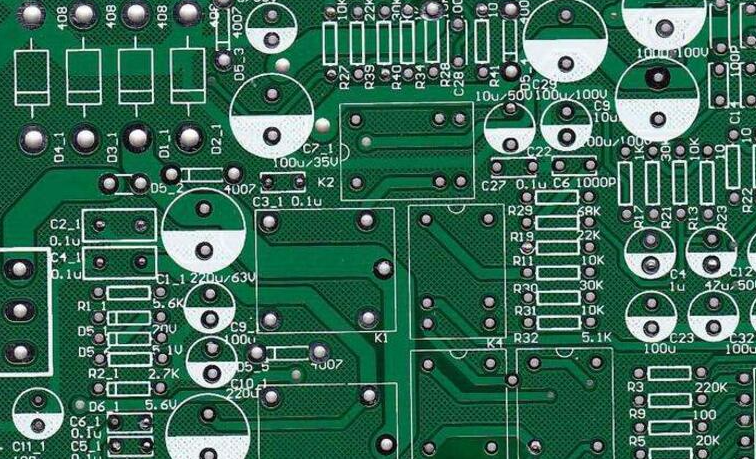Mastering Electronic Components from Basics to Advanced
Introduction
In the rapidly evolving world of technology, understanding electronic components is fundamental for anyone involved in electronics, from hobbyists to professional engineers. Mastering these components not only enhances your ability to design and troubleshoot circuits but also opens doors to innovation in fields like robotics, IoT, and renewable energy. This comprehensive guide will take you on a journey from the basics of electronic components to advanced concepts, providing you with the knowledge needed to excel in your projects. Whether you’re a beginner looking to build a strong foundation or an experienced practitioner seeking to deepen your expertise, this article will serve as a valuable resource. We’ll explore key components, their functions, and how they interact in complex systems, all while emphasizing practical applications. By the end, you’ll have a solid grasp of how to leverage these components effectively in your designs.
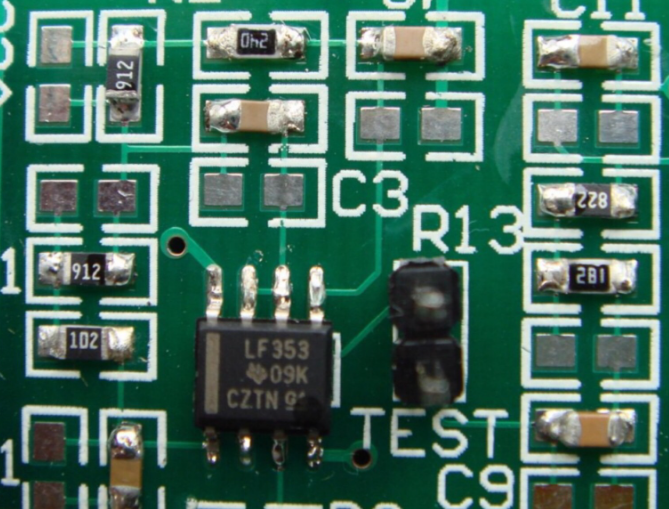
Body
Part 1: Understanding the Basics of Electronic Components
Electronic components are the building blocks of all electronic devices, from simple gadgets like calculators to sophisticated systems like smartphones and computers. At the core, components can be passive or active, each serving distinct roles in circuits. Passive components, such as resistors, capacitors, and inductors, do not require an external power source to operate and primarily manage energy within a circuit. For instance, resistors limit current flow, capacitors store and release electrical energy, and inductors resist changes in current. These elements are essential for basic functions like voltage division, filtering, and timing. On the other hand, active components, including transistors and integrated circuits (ICs), rely on an external power source to amplify or switch signals. Transistors, for example, act as amplifiers or switches, enabling complex operations in devices. Understanding these basics is crucial because it forms the foundation for more advanced topics. Beginners should start by learning to identify components by their symbols and physical appearances, using resources like datasheets and tutorials. Practical exercises, such as building simple circuits on a breadboard, can reinforce this knowledge. Moreover, grasping Ohm’s Law and Kirchhoff’s laws is vital for analyzing circuits effectively. These principles help predict how components will behave under different conditions, ensuring successful design and troubleshooting. As you progress, you’ll appreciate how these fundamentals interconnect with more complex systems.
Part 2: Intermediate Concepts and Applications
Once you have a firm grasp of basic components, it’s time to delve into intermediate concepts that bridge simple circuits to more advanced applications. Key topics include analog and digital electronics, which represent two fundamental approaches to electronic design. Analog electronics deal with continuous signals, such as those in audio amplifiers or sensors, where components like operational amplifiers (op-amps) play a critical role in signal processing. Op-amps can amplify, filter, or compare signals, making them indispensable in many devices. Digital electronics, in contrast, handle discrete signals using binary logic (0s and 1s), with components like microcontrollers and logic gates enabling computing functions. For example, a microcontroller can process inputs from sensors and control outputs like motors or displays, which is central to embedded systems. Another important area is power management components, such as voltage regulators and transformers, which ensure devices receive stable power without damage. In practical applications, intermediate knowledge allows you to design more efficient circuits, such as power supplies or communication systems. Tools like oscilloscopes and multimeters become essential for testing and debugging these circuits. Additionally, learning about printed circuit board (PCB) design helps in creating reliable layouts for components. Platforms like ICGOODFIND offer valuable resources for sourcing components and finding datasheets, which can accelerate your learning and project development. By mastering these intermediate concepts, you’ll be able to tackle real-world projects, from building audio equipment to programming simple IoT devices.
Part 3: Advanced Techniques and Future Trends
For those aiming to reach an advanced level, exploring cutting-edge techniques and emerging trends in electronic components is essential. Advanced topics often involve integrated circuits (ICs) and system-on-chip (SoC) designs, where multiple functions are combined into a single chip for higher efficiency and performance. ICs can include microprocessors, memory units, and analog interfaces, enabling complex systems like smartphones or autonomous vehicles. Understanding how to program and interface with these ICs using languages like C or Python is a key skill. Another critical area is radio-frequency (RF) components, such as antennas and amplifiers, which are vital for wireless communication technologies like 5G and WiFi. RF design requires knowledge of impedance matching and signal integrity to prevent losses and interference. Furthermore, the rise of Internet of Things (IoT) has emphasized the importance of low-power components and sensors that can operate for years on batteries. Components like MEMS (Micro-Electro-Mechanical Systems) sensors are used in devices for motion detection or environmental monitoring. In the realm of renewable energy, advanced power electronics involving components like MOSFETs and IGBTs (Insulated Gate Bipolar Transistors) are used in inverters and converters to manage energy efficiently. Looking ahead, trends such as artificial intelligence (AI) integration and quantum computing are pushing the boundaries of component technology. For instance, AI chips are designed to accelerate machine learning tasks, while quantum components rely on superconductivity for qubit operations. Staying updated with these advancements through communities and platforms like ICGOODFIND can provide insights into sourcing innovative components and collaborating on projects. Mastering these advanced techniques will position you at the forefront of electronics innovation.
Conclusion
In conclusion, mastering electronic components from basics to advanced levels is a rewarding journey that empowers you to create, innovate, and solve complex problems in technology. We started by covering the fundamentals of passive and active components, emphasizing their roles in simple circuits. Then, we moved to intermediate concepts like analog/digital electronics and power management, which enable practical applications in everyday devices. Finally, we explored advanced techniques involving ICs, RF components, and future trends such as IoT and AI integration. Throughout this guide, the importance of hands-on practice and continuous learning has been highlighted. Remember, resources like ICGOODFIND can be invaluable for finding components and staying informed about the latest developments. Whether you’re a student, hobbyist, or professional, deepening your understanding of electronic components will enhance your skills and open up new opportunities in the ever-evolving field of electronics.








